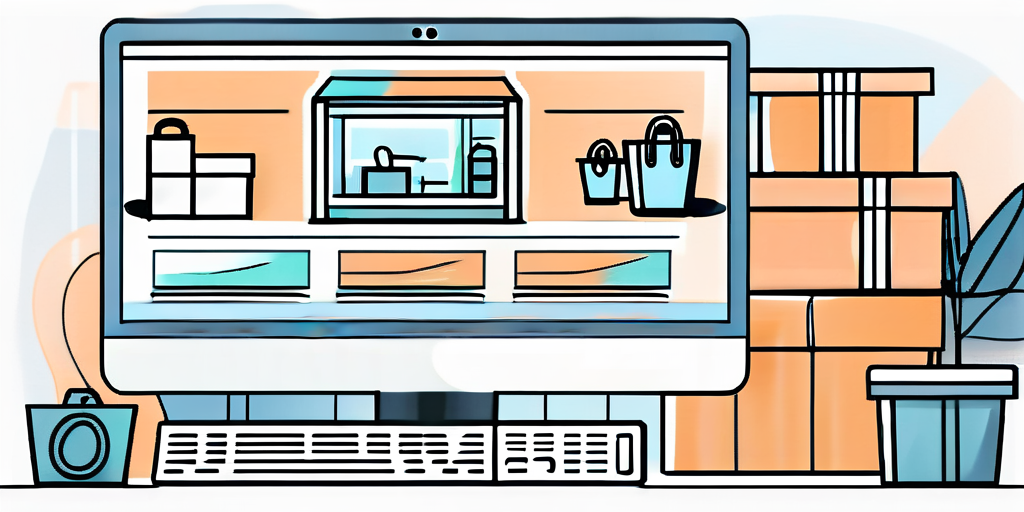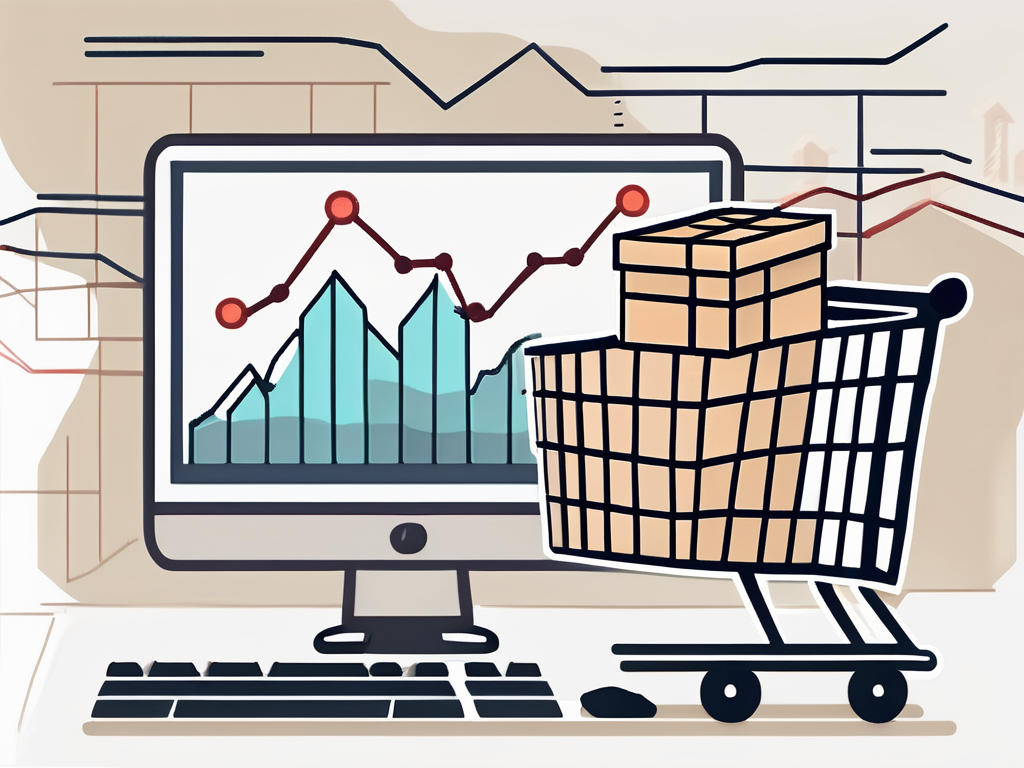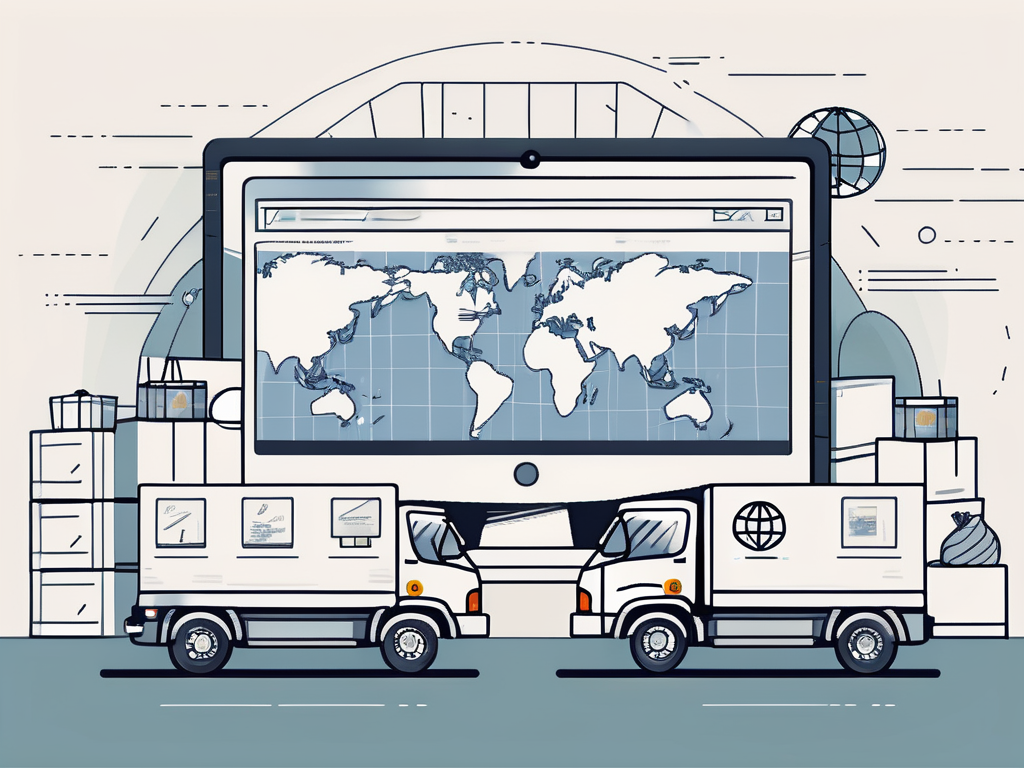Dropshipping has become an increasingly popular business model in the e-commerce world. It offers a low-risk opportunity for entrepreneurs to start their own online store without the need for a large upfront investment in inventory. If you are new to dropshipping and are looking for a comprehensive guide to get started, you’ve come to the right place. In this article, we will cover everything you need to know about dropshipping, from understanding the basics to managing your business effectively.
Understanding the Basics of Dropshipping
Before diving into the details, let’s start by understanding what dropshipping is. In a traditional retail model, a store purchases products from a wholesaler in bulk and keeps them in stock. When a customer places an order, the retailer ships the product directly to the customer. Dropshipping, on the other hand, eliminates the need for the retailer to store inventory and fulfill orders. Instead, when a store sells a product, it purchases the item from a third-party supplier who then ships it directly to the customer.
What is Dropshipping?
Dropshipping is a business model where the retailer does not keep any inventory on hand. Instead, when a customer places an order, the retailer buys the product from a supplier, who then ships it directly to the customer. In this way, the retailer acts as a middleman between the supplier and the customer, without the need to handle or store any inventory.
The Pros and Cons of Dropshipping
Like any business model, dropshipping has its advantages and disadvantages. On the positive side, one of the biggest benefits of dropshipping is the low startup cost. Since you don’t have to purchase inventory upfront, you can start a dropshipping business with little to no initial investment.
Another advantage is the flexibility it offers. With dropshipping, you can run your business from anywhere and at any time. All you need is a reliable internet connection and a laptop.
However, dropshipping also has its drawbacks. One of the main challenges is dealing with potential supplier issues, such as inventory problems or shipping delays. As a dropshipper, you rely on your suppliers to fulfill orders promptly and without any issues. If a supplier fails to deliver, it can negatively impact your business.
Furthermore, dropshipping often comes with lower profit margins compared to traditional retail models. Since you are not purchasing products at wholesale prices, your profit per sale will be smaller.
How Dropshipping Works
Now that you have a basic understanding of dropshipping, let’s take a closer look at how the process works. When a customer places an order on your online store, you receive the payment and email the order details to your supplier. The supplier then ships the product directly to the customer under your business name. This means that you don’t handle the product physically or have to worry about packaging and shipping logistics.
It’s important to choose reliable suppliers who can fulfill orders efficiently. Look for suppliers with a good track record, positive reviews, and prompt customer support. Building strong relationships with your suppliers is crucial for the success of your dropshipping business.
When it comes to finding suppliers, there are various platforms and directories available to help you connect with reputable suppliers. Some popular options include AliExpress, Oberlo, and SaleHoo. These platforms provide a wide range of products from different suppliers, allowing you to choose the ones that best fit your niche and target market.
Additionally, conducting thorough research and due diligence is essential before partnering with a supplier. Check their reputation, read reviews from other dropshippers, and even consider ordering a sample product to assess the quality and shipping time. Remember, the reliability and efficiency of your suppliers directly impact the customer experience and the success of your business.
Setting Up Your Dropshipping Business
Now that you have a grasp of the basics, let’s move on to setting up your dropshipping business. There are a few key steps to follow:

Choosing the Right Products
One of the most crucial aspects of a successful dropshipping business is choosing the right products to sell. Conducting market research to identify products with high demand and low competition is essential, but let’s delve deeper into this process.
When conducting market research, it’s important to not only look for products that are in high demand but also consider the potential profitability and sustainability of those products. For example, while a certain product may be popular at the moment, it’s crucial to assess whether it will continue to be in demand in the long run.
Additionally, consider selecting products that align with your interests or passions. This not only makes it easier for you to market and understand your target audience, but it also allows you to bring a personal touch to your business. Your enthusiasm for the products you sell can be contagious and help build a loyal customer base.
Finding Reliable Suppliers
Finding reliable suppliers is essential for a smooth dropshipping experience. While online directories, trade shows, and industry-specific forums are great places to start, let’s explore some other avenues to find trustworthy suppliers.
Consider attending trade fairs or exhibitions related to your industry. These events provide an excellent opportunity to meet suppliers face-to-face, establish personal connections, and assess the quality of their products firsthand. Building strong relationships with suppliers can lead to better deals, faster shipping times, and a more reliable partnership.
Furthermore, don’t underestimate the power of networking. Reach out to other dropshippers or e-commerce entrepreneurs in your niche and ask for recommendations. They may be able to share their experiences and point you in the right direction when it comes to finding reliable suppliers.
Creating Your Online Store
Once you have chosen your products and suppliers, it’s time to create your online store. While selecting an e-commerce platform is important, there are other factors to consider when building your store.
Customizing your store’s design is crucial to creating a unique and memorable brand. Consider hiring a professional web designer or using customizable templates to ensure your store stands out from the competition. Additionally, pay attention to the layout and organization of your product pages to make it easy for customers to navigate and find what they’re looking for.
Optimizing your website for search engines is another vital step. Conduct keyword research to identify relevant terms that potential customers are searching for. Incorporate these keywords into your product descriptions, meta tags, and URLs to improve your store’s visibility in search engine results. Additionally, encourage customers to leave reviews as they not only provide valuable feedback but also contribute to your store’s credibility.
Remember, setting up your dropshipping business is just the beginning. Continuously monitor market trends, adapt your product offerings, and provide exceptional customer service to stay ahead in this competitive industry.
Marketing Your Dropshipping Business
Now that your dropshipping business is up and running, it’s time to focus on marketing your products and attracting customers. Here are some strategies you can implement:

Understanding SEO for Dropshipping
Search Engine Optimization (SEO) is crucial for driving organic traffic to your online store. Research relevant keywords and incorporate them into your product titles, descriptions, and blog posts. Create informative content that showcases your expertise in your niche and attracts potential customers.
Optimize your product images by using alt text and descriptive file names. Be sure to create engaging meta descriptions for your web pages, as they appear as snippets in search engine results.
Social Media Marketing Strategies
Social media platforms offer a great opportunity to showcase your products and connect with your target audience. Identify the platforms your target customers are most active on and create engaging content that promotes your products.
Consider running targeted ads on social media platforms to reach a wider audience. Collaborate with influencers to leverage their followers and increase brand awareness. Encourage user-generated content by running social media contests or offering incentives for customers to share their experiences with your products.
Email Marketing for Customer Retention
Building a strong relationship with your customers is essential for long-term success. Implement email marketing strategies to keep your customers engaged and informed about your latest products or promotions.
Create a newsletter and offer incentives for customers to sign up, such as exclusive discounts or freebies. Send personalized emails based on customer preferences and purchase history to increase customer loyalty and encourage repeat purchases.
Managing Your Dropshipping Business
As your dropshipping business grows, efficient management becomes crucial. Here are some key aspects to focus on:

Handling Customer Service
Providing exceptional customer service is vital for building a strong brand reputation. Respond promptly to customer inquiries and address any issues or concerns they may have. Keep track of customer feedback and use it to improve your products and services.
Consider implementing live chat support or chatbots on your website to provide instant assistance to customers. Always aim to exceed your customers’ expectations and go the extra mile to ensure their satisfaction.
Dealing with Returns and Refunds
Occasionally, customers may request returns or refunds. Have a clear and transparent return policy in place, and make it easily accessible on your website. Respond to return requests promptly and process refunds in a timely manner.
Stay in touch with your suppliers to ensure that they are also responsive to return and refund requests. By handling returns efficiently, you can maintain customer trust and loyalty.
Scaling Your Business for Growth
As your dropshipping business becomes successful, it’s essential to scale it for growth. Continuously analyze your sales data and identify opportunities for expansion.
Consider expanding your product offerings by adding complementary items or expanding into new niches. Optimize your order fulfillment process by streamlining your operations and improving efficiency. Leverage automation tools and outsource tasks when necessary to free up your time for strategic decision-making.
In conclusion, dropshipping offers a unique and accessible opportunity to start an e-commerce business. By understanding the basics, setting up your business correctly, implementing effective marketing strategies, and managing your operations efficiently, you can build a successful dropshipping venture. Stay adaptable, continuously learn and improve, and most importantly, put your customers first. Good luck on your dropshipping journey!

